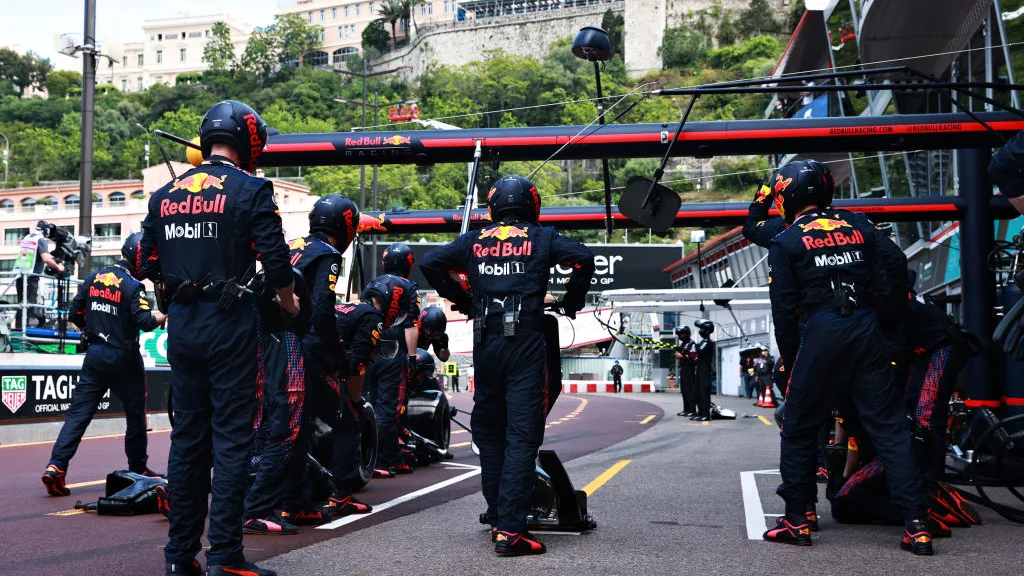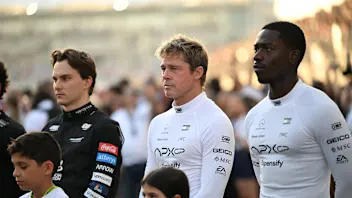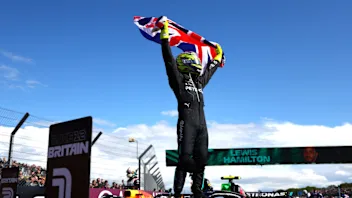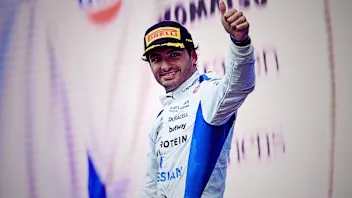STRATEGY UNPACKED: Bernie Collins picks out 5 key lessons from history that teams must heed to plot their Monaco strategy

The Monaco Grand Prix is, for many, a highlight of the Formula 1 calendar. But on such a tight street circuit – and with overtaking notoriously difficult – how do the teams plan their strategies for this unique race? Former Aston Martin strategy chief Bernie Collins explains all…
What makes Monaco different?
Monaco is the shortest track on the calendar at only 3.3km per lap – and this requires a specific sporting regulation in the F1 rules that allows the total race distance to be shortened from the normal 305km total to 260km.
Next Up
Related Articles
 ExclusiveHow APXGP was brought to life by costume designer Julian Day
ExclusiveHow APXGP was brought to life by costume designer Julian Day WATCH: F1 Animated returns for a look back at 2025
WATCH: F1 Animated returns for a look back at 2025.webp) End Of Year Reports 2025Kick Sauber’s best and worst moments from 2025
End Of Year Reports 2025Kick Sauber’s best and worst moments from 2025 Quiz10 quiz questions on British F1 World Champions
Quiz10 quiz questions on British F1 World Champions ExclusiveWhy Sainz feels ‘vindicated’ after his first Williams year
ExclusiveWhy Sainz feels ‘vindicated’ after his first Williams year.webp) End Of Year Reports 2025Alpine’s best and worst moments from 2025
End Of Year Reports 2025Alpine’s best and worst moments from 2025
